Overview
Fencing treatments were established from 1987 to 1990 to protect vegetation from deer and snowshoe hare browse. Three rectangular exclosures 0.62 acres in size have been monitored since exclosures were established.
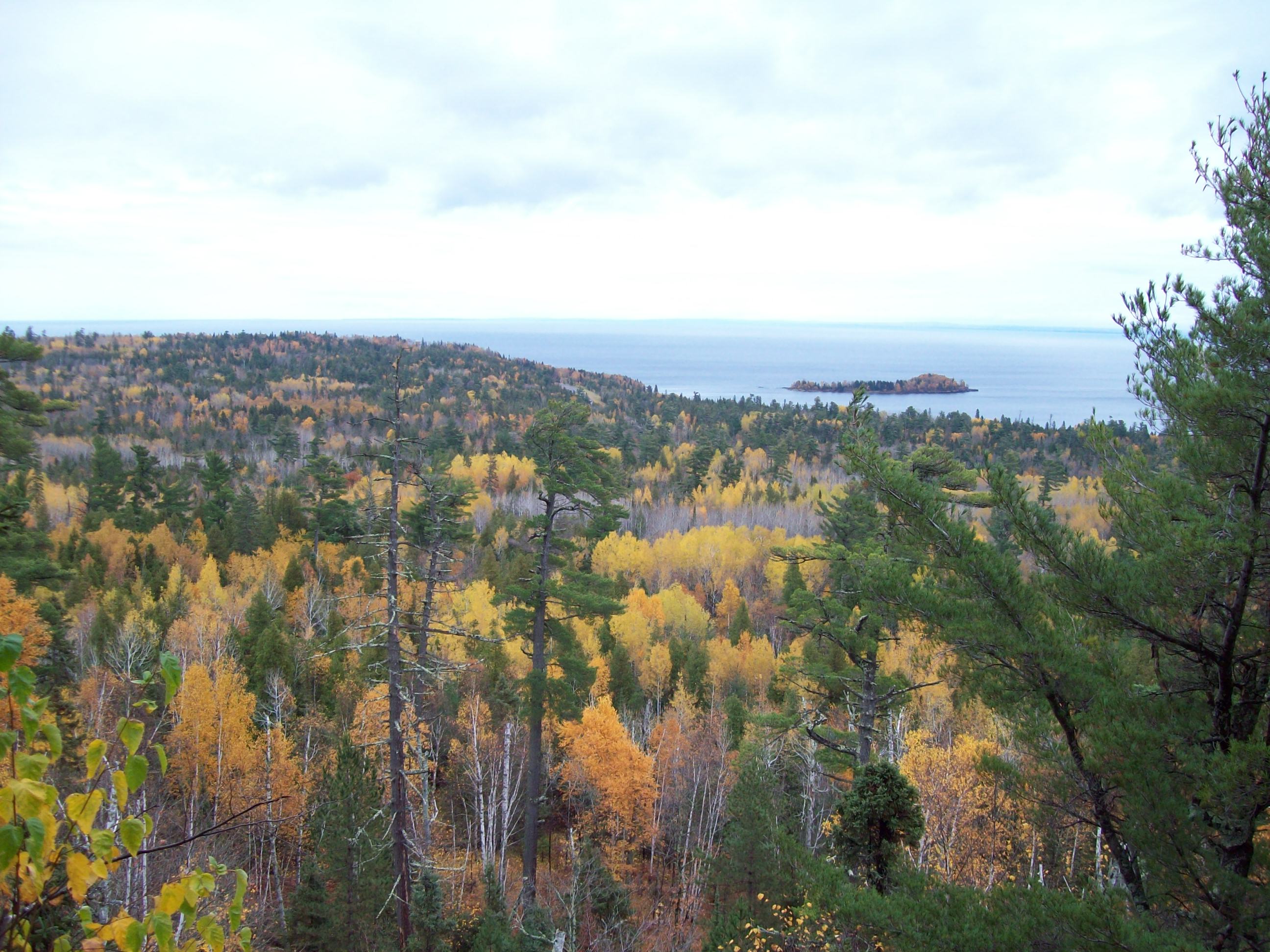
Figure 1: View from nearby scenic overlook in fall.
Silviculture Objective(s)
To determine long-term trends in forest dynamics by installing and monitoring vegetation in fencing treatments.
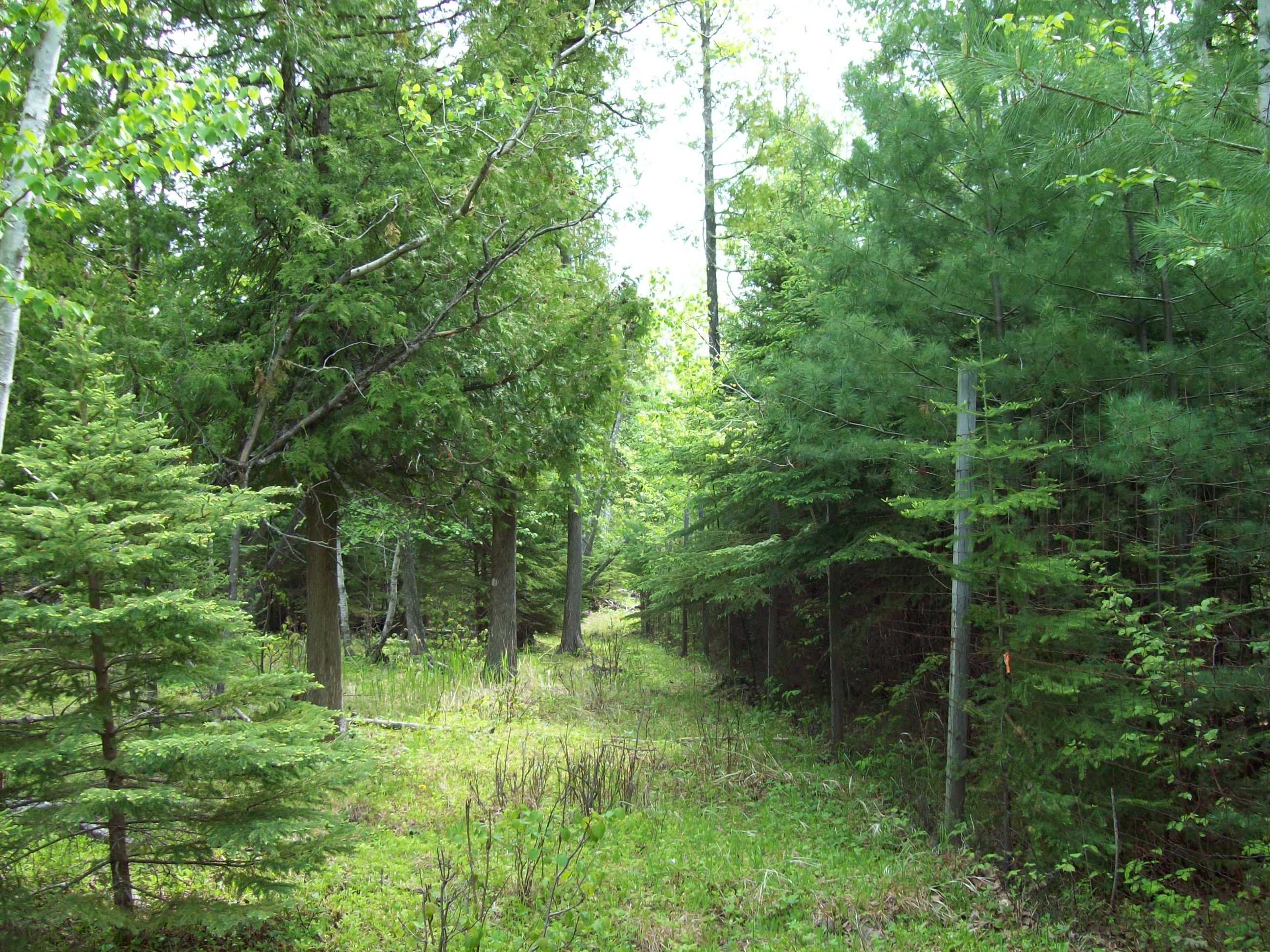
Figure 2: Fenced area (right) and non-fenced area (left) .
Pre-treatment stand description and condition
Pre-treatment species composition:
The matrix upland forest was composed of northern mesic mixed forest, which included varying mixtures of quaking aspen, paper birch, balsam fir, white spruce, white pine and white cedar. Tree species composition did not differ between fenced and unfenced treatments.
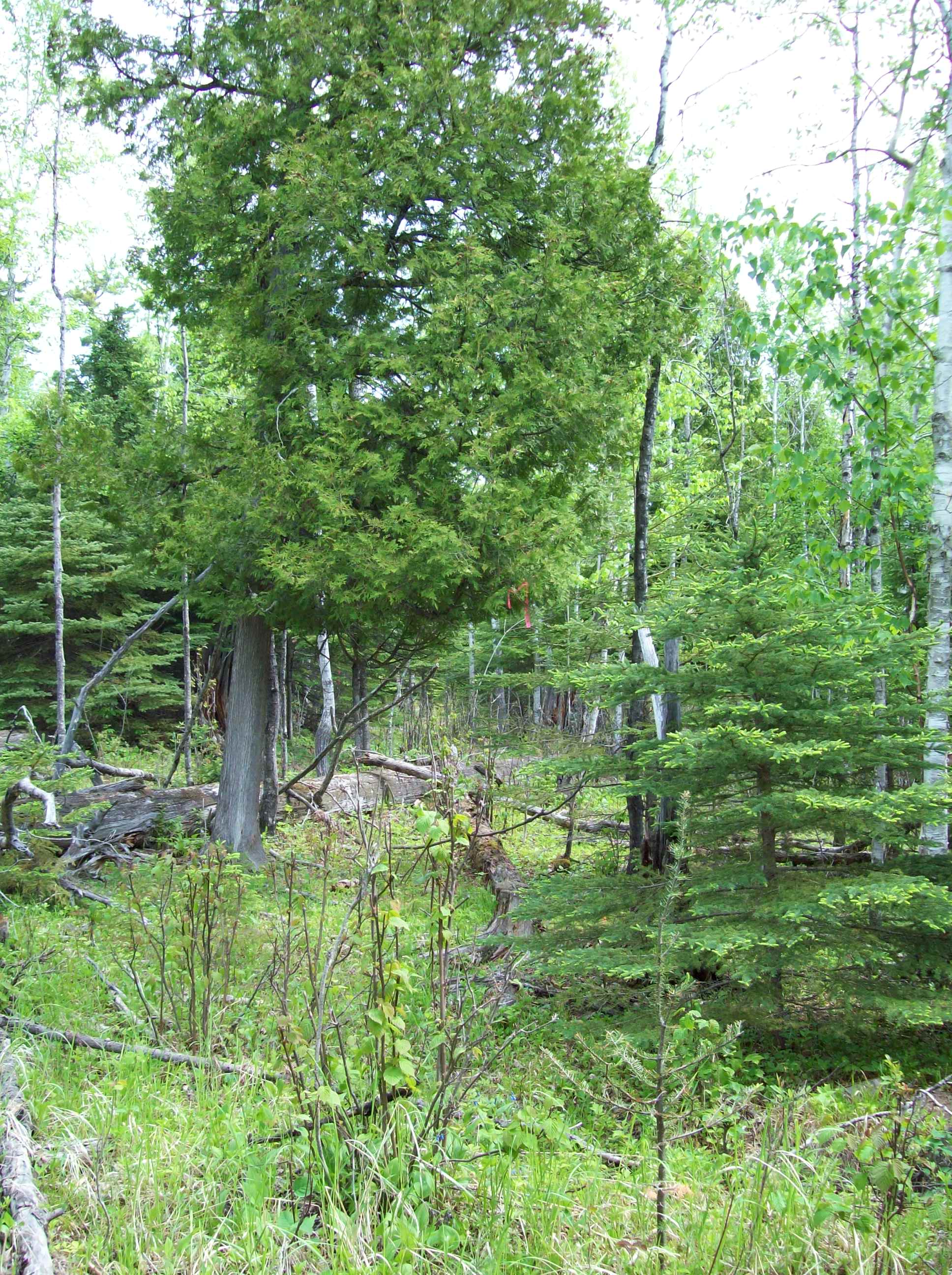
Figure 3: Northern white cedar and balsam fir.
Pre-treatment growth and stocking:
In 1991, very shortly after the exclosures were installed, stem density for live trees greater than 1.0 inch was similar across both treatments: 655 trees per acre in the unfenced treatment and 541 trees per acre in the fenced treatment. Basal area was similar across both treatments: 67 square feet per acre in the unfenced treatment and 48 square feet per acre in the fenced treatment.
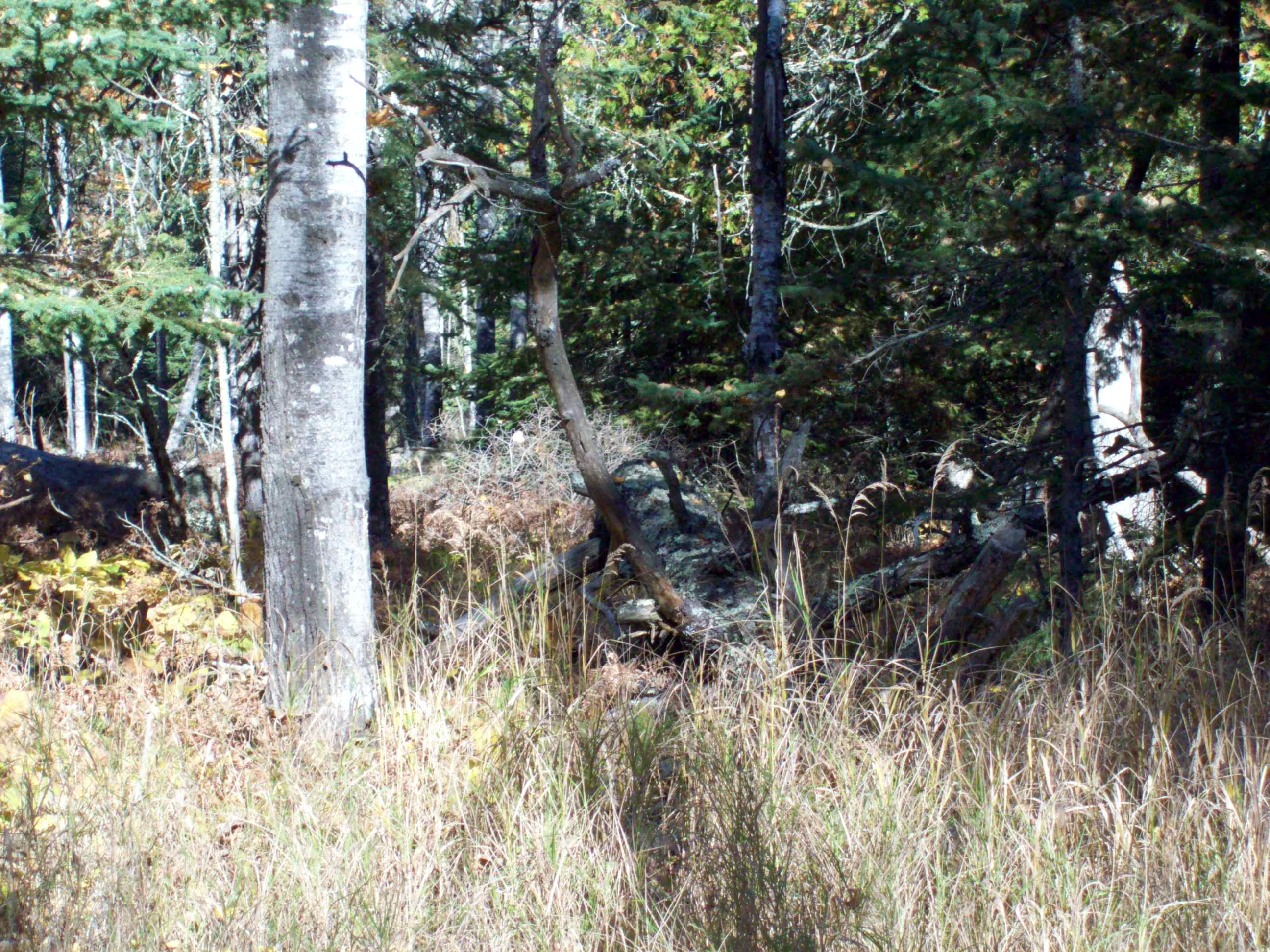
Figure 4: Large downed woody debris in project area.
Pre-treatment forest health issues:
Deer browse was evident across the stand at the start of the treatment.
Silviculture Prescription
Three 0.62-acre, rectangular exclosures were established within the site from 1987 to 1990; exclosure A in 1987, exclosure B in 1988, and exclosure C in 1990. Fences were constructed from 4-inch x 4-inch steel wire mesh. The fence was 8.2 feet high and was regularly monitored and maintained. Plastic mesh (5 ft high, 1.0-in x 3.0-in) was attached to the base of each fence in 1991 to exclude snowshoe hare. In 1991 three reference or unprotected 0.62-acre plots were located in similar vegetation conditions directly adjacent to the fenced exclosures.
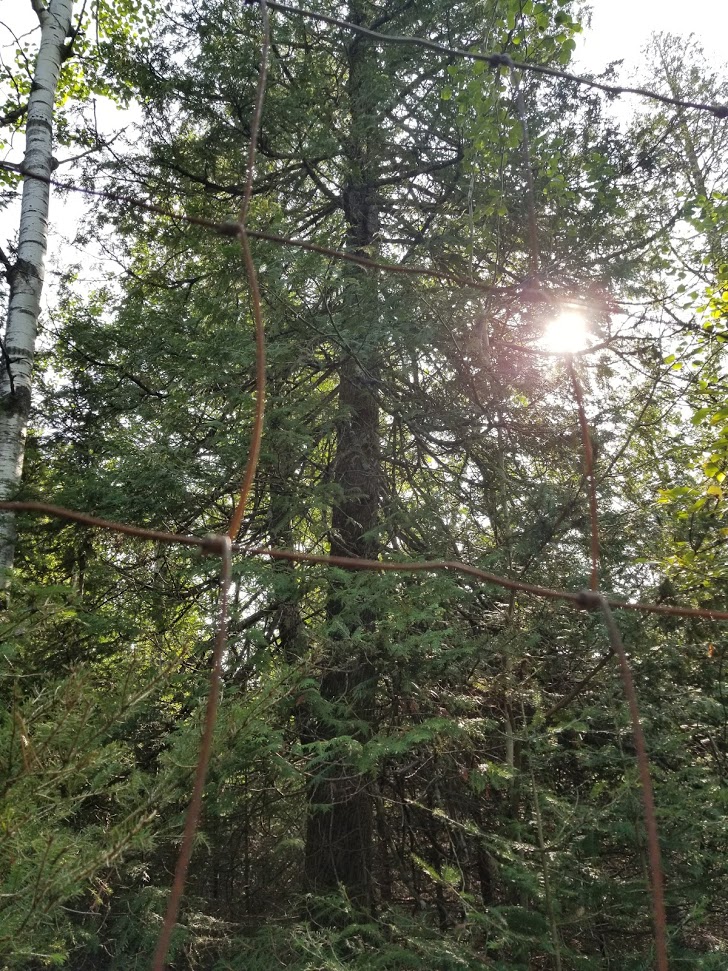
Figure 5: Looking through wire deer fence.
What actually happened during the treatment
Fencing was regularly monitored and maintained throughout the 17 years.
Post-treatment assessment
In 2008, 17 years after the fencing was installed, stem density for live trees greater than 1.0 inch was 1303 trees per acre in the unfenced treatment and 1958 trees per acre in the fenced treatment. Basal area was 100 square feet per acre in the unfenced treatment and 108 square feet per acre in the fenced treatment. Black ash and white pine in fenced plots had significantly higher mean density gains relative to unfenced treatments. Aspen also showed a significant increase in the 2 to 4-inch diameter class. White cedar in fenced plots gained in the <2.0 inch class.
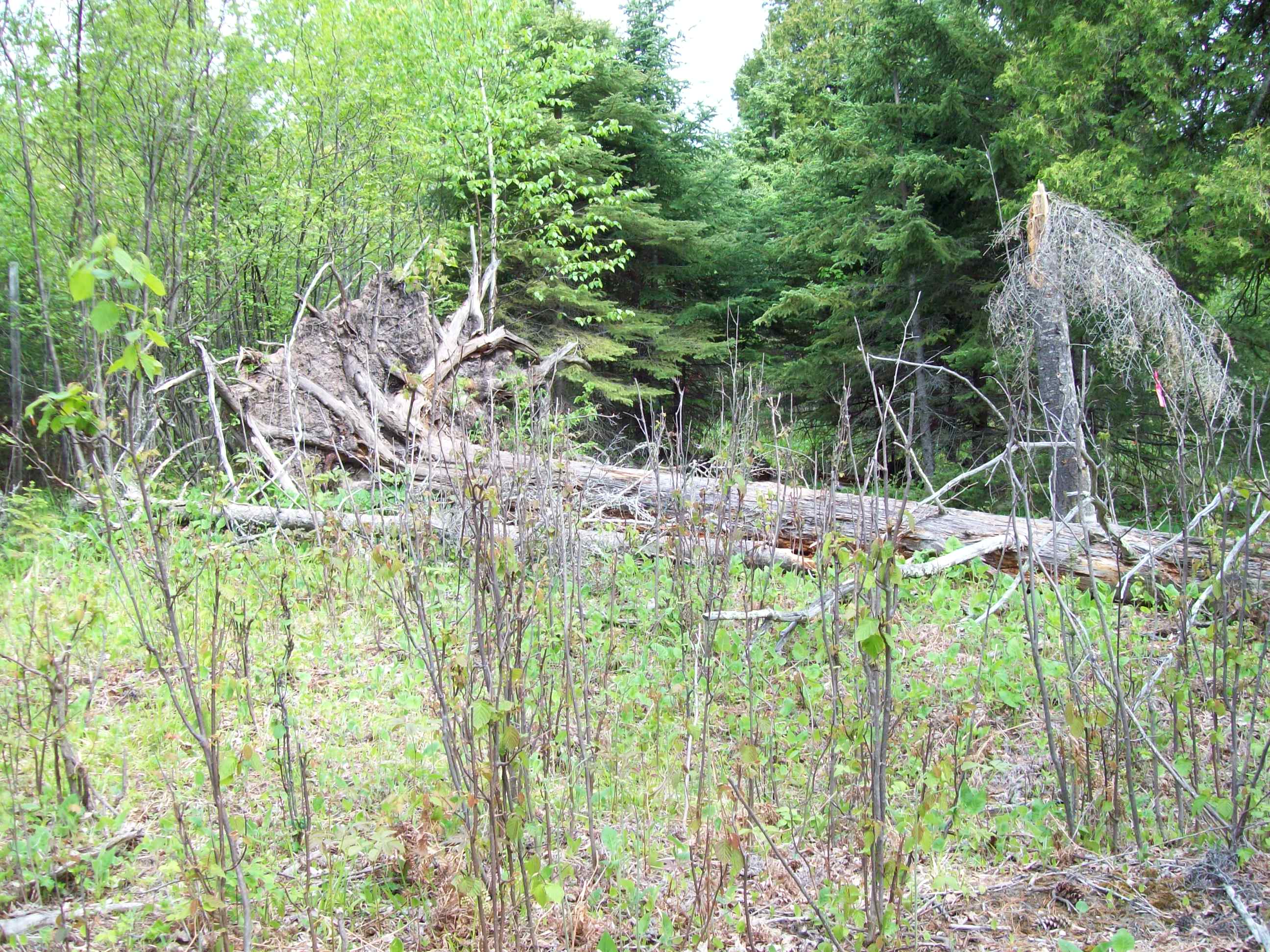
Figure 6: Deer browse on young hardwoods outside of exclosure.
Summary / lessons learned / additional thoughts
The overall results show a strong contrast between fenced and unfenced plots in composition, structure and productivity and demonstrate the long-term legacy of elevated deer browsing. Important species such as white cedar and white pine are failing to regenerate in unfenced areas and may not replace their counterparts in the canopy as non-preferred browse species slowly become more dominant.
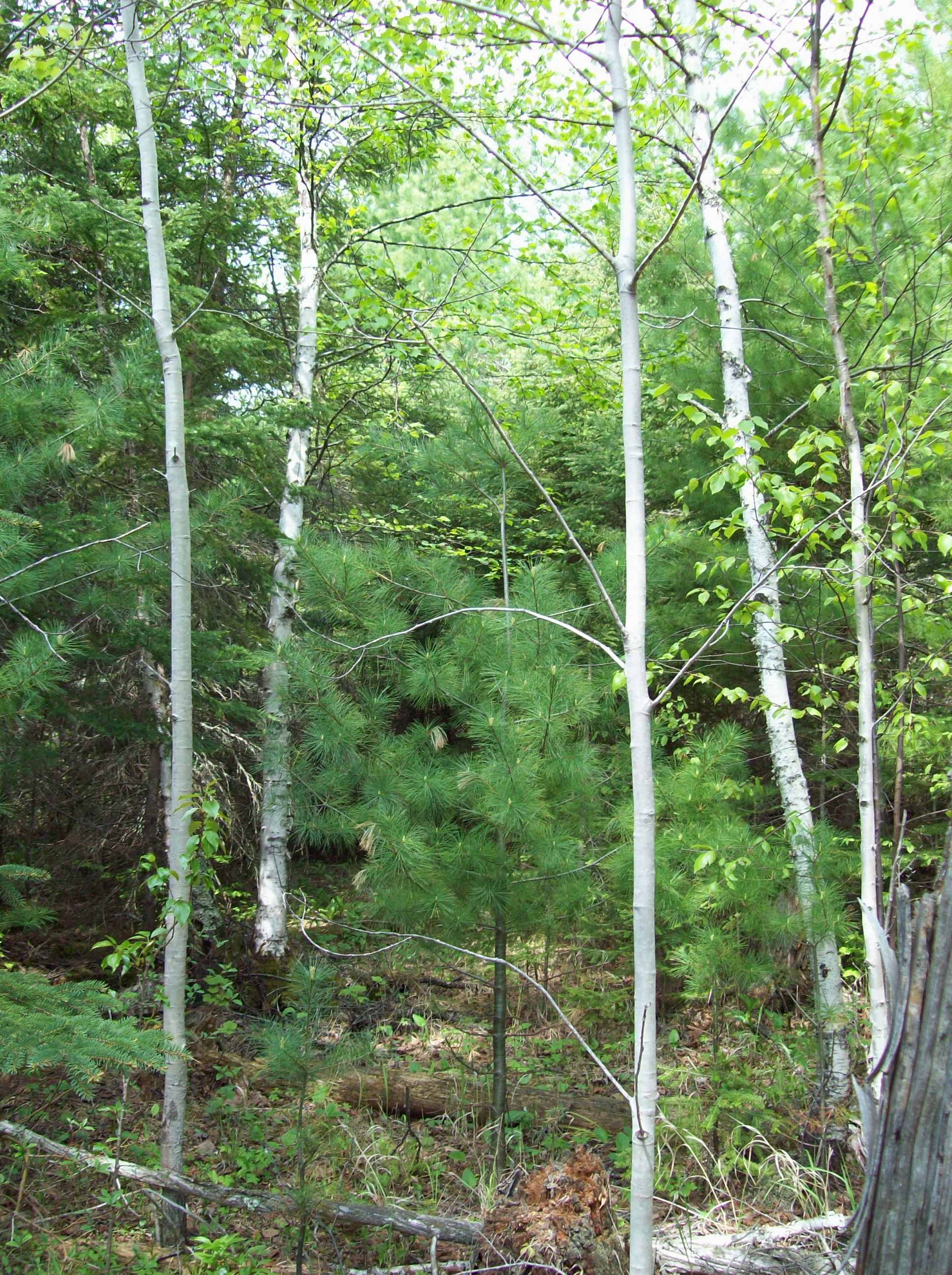
Figure 7: Vigorous white pine and aspen growing inside the exclosure.
Much more detail on this study is in White, M.A. 2012. Long-term effects of deer browsing: Composition, structure and productivity in a northeastern Minnesota old-growth forest. Forest Ecology and Management 269: 222-228.
This case study was developed with support from the United States Department of Agriculture's National Institute for Food and Agriculture (USDA-NIFA), Renewable Resources Extension Act (RREA). Project #MIN-44-E02, principal investigator Eli Sagor, University of Minnesota.
